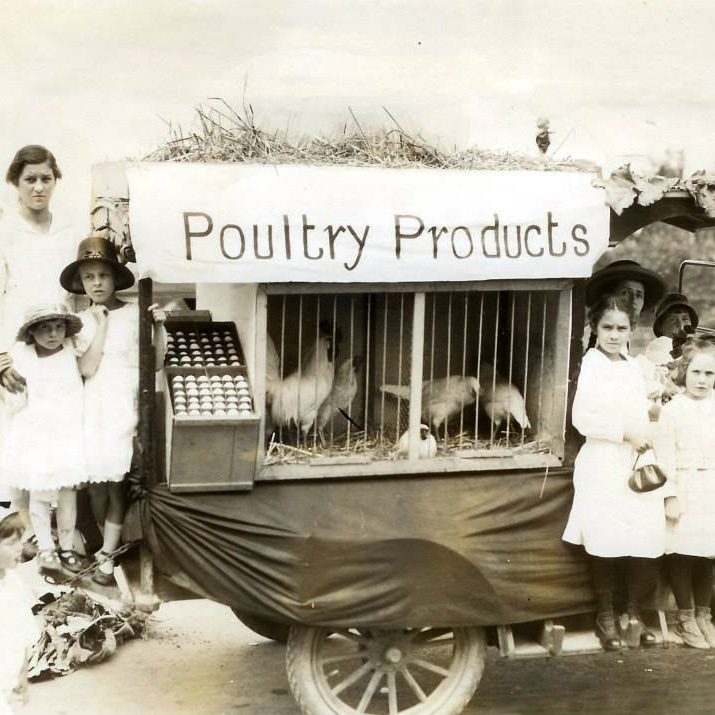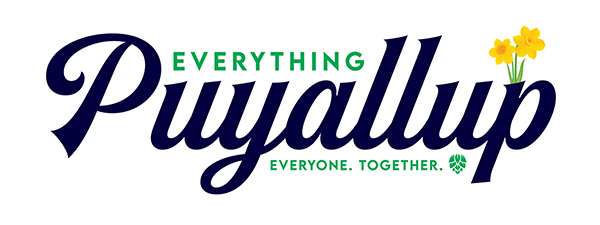Welcome to the Puyallup Valley, a region with a rich history that mirrors the transformative journey of the Pacific Northwest from untamed wilderness to a vibrant, diverse community. Before the first European settlers set foot in the Puyallup Valley, it was a dense, wild place. Dr. Tolmie, making his way through in 1833, encountered a landscape dominated by massive log jams, frequent floods, and a forest so thick that neighbors could live in ignorance of each other’s proximity. The valley’s transformation began in earnest with the arrival of the first white settlers in 1853, part of a wagon train daring to cross the Cascades at Naches Pass. Among these pioneers were figures such as Ezra Meeker, who, after initial reservations, would come to leave an indelible mark on the valley.
Amid the Native American War of 1855-56 and the contentious signing of the Medicine Creek Treaty, many early settlers sought refuge at Fort Steilacoom, leaving behind a lone cabin spared by the conflict. Ezra Meeker himself would go on to play a pivotal role in the valley’s development, purchasing a squatter’s claim and eventually earning the moniker “Hop King of the World” as he pioneered the valley’s once-thriving hop industry. This industry, booming until a devastating hop lice infestation in 1891, laid the groundwork for Puyallup’s transformation into an agricultural hub. From the humble beginnings of the valley’s first educational institution in a blockhouse to the incorporation of Puyallup as a city, the region has shown remarkable adaptability and resilience, setting the stage for the diverse economic and cultural landscape we see today.

- A glimpse into Puyallup Valley’s agrarian history: From hops to poultry. Source: puyallupmainstreet.com
The story of Puyallup Valley is also the story of adaptation and growth. Following the decline of the hop industry, the valley’s residents pivoted to berry farming, leading to the formation of the Puyallup and Sumner Fruit Growers Association and the establishment of a booming fruit canning industry. Dairy farming, poultry, lumber mills, and the blooming of daffodil farms further diversified the local economy. The introduction of the annual Western Washington Fair, counted among the top 10 fairs globally, and the Daffodil Festival with its enchanting floral parade, exemplifies the enduring spirit and cultural richness of the valley. Today, the Puyallup School District, with its 31 schools and over 19,000 students, stands as a testament to the importance placed on education and community development throughout the valley’s history.
The evolution from a primarily agrarian society to a community with a rich tapestry of economic and cultural activities illustrates the Puyallup Valley’s journey through time. From its earliest days through the economic upheavals of the 1890s and onwards into the 20th and 21st centuries, Puyallup has continued to adapt, grow, and thrive. Its history, marked by the perseverance and innovation of its residents, continues to shape a community that not only honors its roots but also looks forward to a bright, inclusive future. Whether you’re a long-time resident, considering making Puyallup your home, or simply passing through, the valley has a story to share—a story of a journey through time into the heart of the Pacific Northwest.

